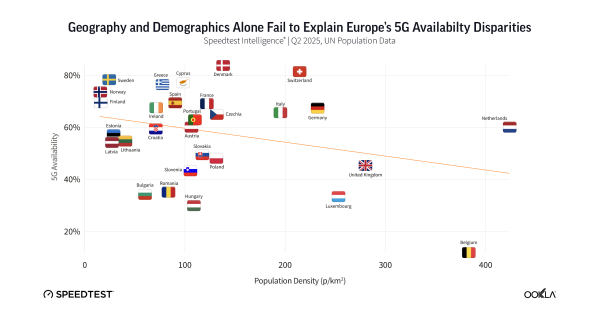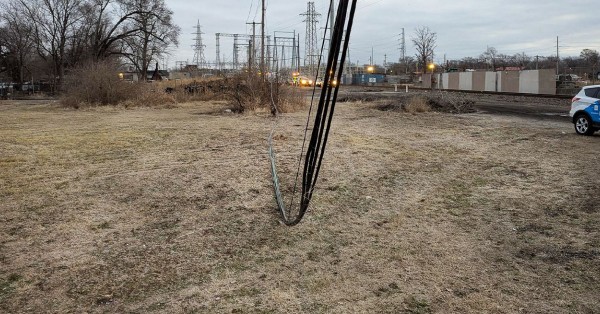India’s Upcoming Spectrum Auction: Navigating Through Muted Expectations
India’s Department of Telecommunications (DoT) has announced a significant spectrum auction slated for May 20, wherein 10,523.15MHz of spectrum, valued at approximately 963.17 billion Indian rupees ($11.65 billion), will be up for grabs. This move comes as part of the government’s ongoing efforts to enhance telecommunications infrastructure in the country, despite the shadow of last year’s substantial 5G rollout. However, the landscape this time appears markedly different, with industry experts and the government alike predicting a more subdued auction atmosphere. This piece delves into the intricacies of the upcoming auction, exploring its potential impact on the telecom sector, the strategies of major players, and the broader implications for India’s digital ambitions.
Auction Overview
The May auction will feature a wide array of frequency bands, including 800MHz, 900MHz, 1800MHz, 2100MHz, 2300MHz, 2500MHz, 3300MHz, and 26GHz, catering to a diverse set of needs and technological applications. Notably absent is the 700MHz band, which saw significant uptake in the previous year, particularly by Reliance Jio for its pan-India 5G standalone (SA) services. This choice reflects the DoT’s strategic adjustments based on current market dynamics and past auction outcomes.
Prospective bidders, equipped with either a Unified Access Services Licenses (UASL) or Unified License (UL), are required to submit their applications by April 22. A mock auction on May 13 and 14 will precede the main event, ensuring that participants are well-prepared for the auction process.
Expectations and Strategy
The muted response anticipated by the government and sector analysts stems from the considerable investments made by telcos in the 2022 5G spectrum auction, the fruits of which are yet to be fully realized. Major operators like Reliance Jio and Bharti Airtel have rolled out 5G services but have stopped short of announcing specific tariffs, indicating a significant inventory of underutilized spectrum. With 5G subscribers for these operators just crossing the 100 million mark and Vodafone Idea’s 5G launch still on the horizon, the industry’s appetite for additional spectrum appears limited.
Despite these challenges, Airtel and Vodafone Idea are expected to actively participate, focusing on renewing their spectrum in expiring bands to ensure continuity of service. This pragmatic approach underscores the balancing act telcos must perform between maintaining existing operations and investing in future capabilities.
Economic Implications and Market Dynamics
The auction’s reserve prices, particularly for high-demand bands in key telecom circles like Delhi, Mumbai, and Kolkata, have remained unchanged. This decision reflects the government’s intent to strike a balance between generating fair value from the auction and not deterring participation due to cost prohibitions. The strategic significance of these ‘metro circles’ cannot be overstated, given their economic and demographic heft.
The decision to hold annual spectrum auctions is part of a broader strategy to ensure that telcos have access to the necessary resources to meet growing demand and technological advancements. This approach not only facilitates smoother operational planning for service providers but also contributes to the government’s revenue, as evidenced by the substantial earnings from the 2022 auction.
Looking Ahead
As India stands on the cusp of another spectrum auction, the telecom sector finds itself at a crossroads. The upcoming event is not just a routine auction but a litmus test for the industry’s resilience and adaptability in the face of evolving technological landscapes and consumer expectations. While the anticipated muted demand may seem like a setback, it also offers an opportunity for strategic recalibration and focused investment in areas that promise the most significant impact.
The outcomes of this auction will have far-reaching implications, not just for the telecom operators and their financial health, but also for India’s digital economy at large. As the country strives to enhance its digital infrastructure and expand internet accessibility, the efficient allocation and utilization of spectrum resources will be critical. The May auction, therefore, is not merely a transactional event but a pivotal moment that could shape the trajectory of India’s digital future.































